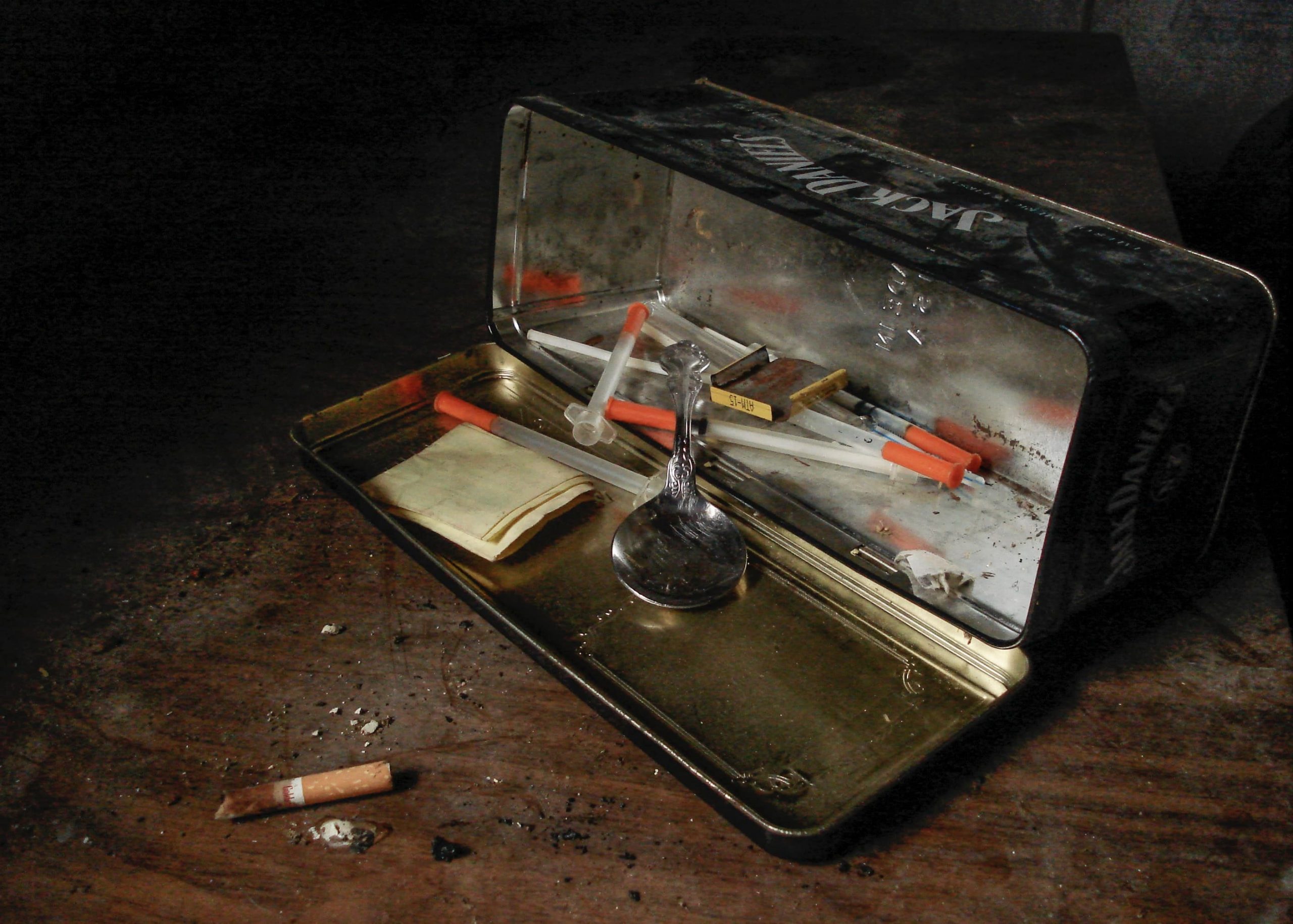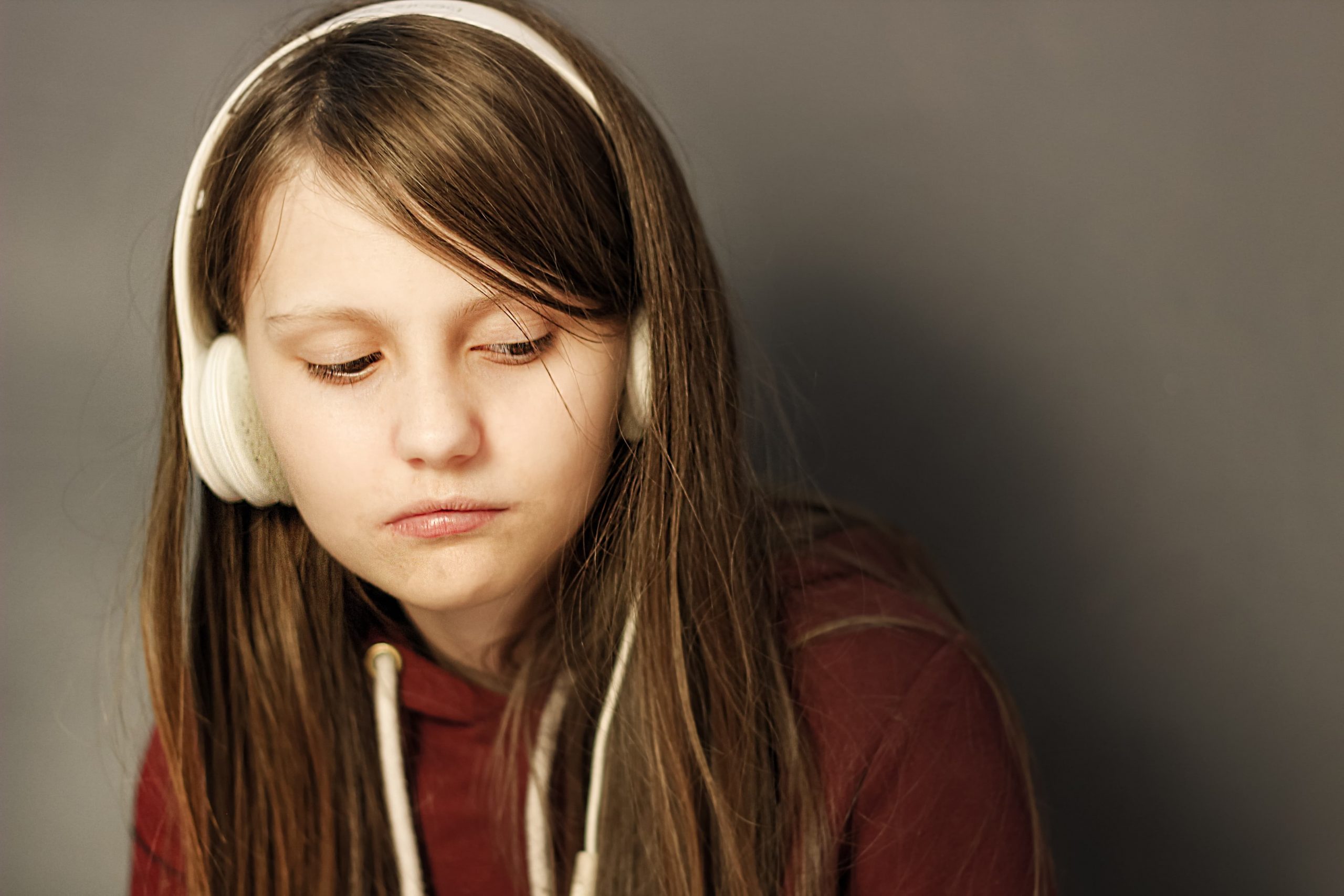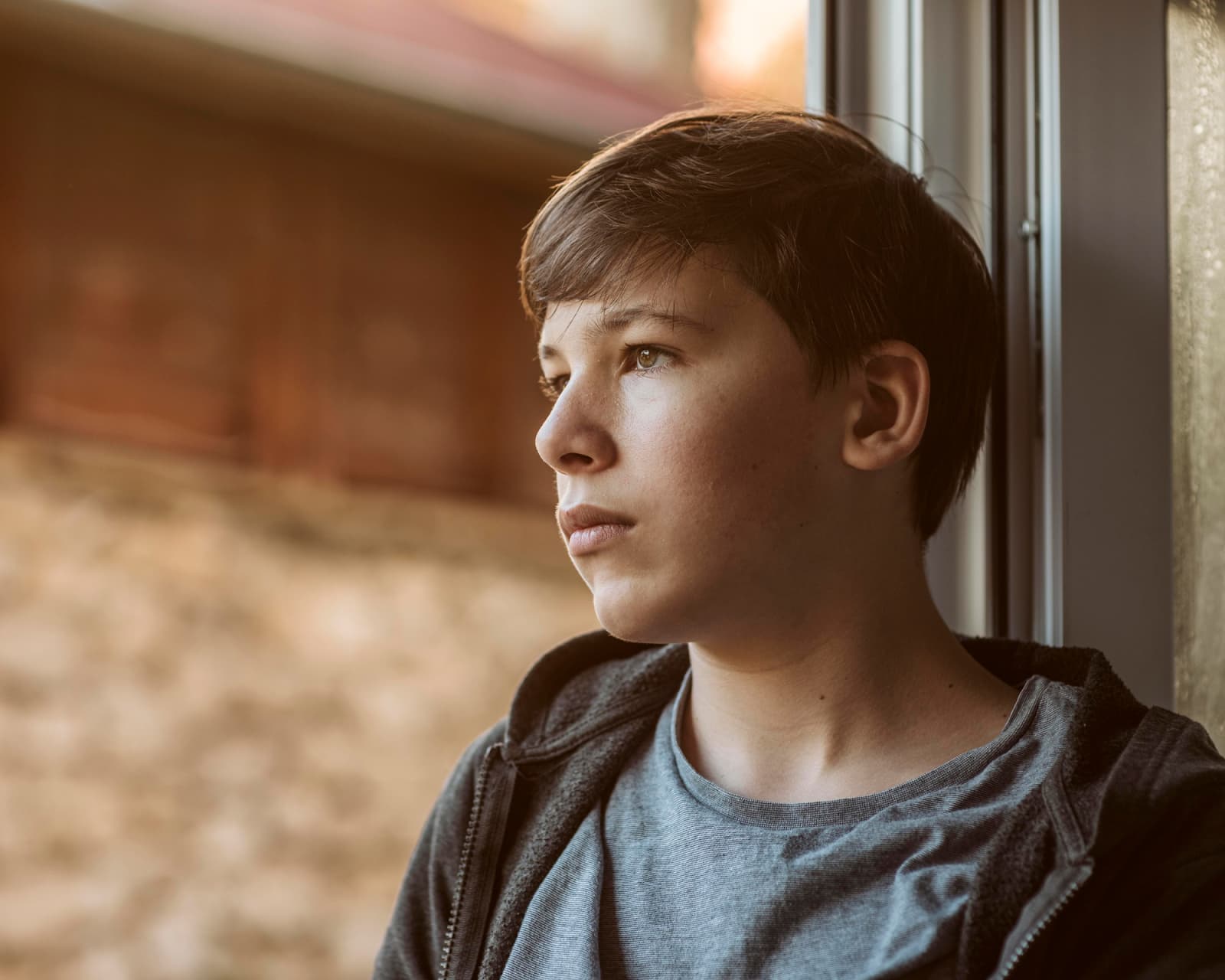Reactive attachment disorder (RAD) can prove to be a challenge for everyone in the family. RAD is a condition that becomes a concern when infants, toddlers, or young children cannot develop a healthy and secure emotional connection with caretakers or parental figures.
Children who have RAD can often have difficulties managing their moods and emotions. This can take a toll on the other members of the family. Knowing how to approach the disruption and stress can help everyone in the household better cope.
RAD can impact the whole family because the dynamics of this disorder are seen in the close relationships inside of a family. This diagnosis can take a toll on everyone in the household, from parents to pets, siblings, and more.
Signs of RAD in children
Each child can display different signs of RAD in varying degrees. As a parent, it’s important to be aware of signs of RAD commonly seen in children:
- An inability to show the age-appropriate emotional range when interacting with other children and adults. This could include failure to demonstrate guilt, remorse, and regret.
- Avoid making eye contact.
- Avoiding physical touch, even with caregivers.
- Expressions of anger include arguing, disobedience, irritability, and tantrums.
- Displays of unusual affection towards those they spend less time with, or even with strangers, while still showing a lack of affection or even fear of their primary caregivers.
Some children with RAD may act out violently, mainly if there is an element of fear involved for them.
The concerns with connections
It can be difficult for children with RAD to develop a meaningful connection with other people, including their immediate family. This can lead to a range of problems within the family.
If a child with RAD can’t form a bond with a family member, it can make it hard to empathize with others. If the child can’t feel guilt, remorse, or guilt about their actions and behaviors, they may repeatedly say or do things that cause upset.
There may even be arguments, fights, and concerns with the RAD child bullying the other children in the household. They may not understand why their siblings or other members of the household feel angry, sad, or even frightened.
This can be confusing and overwhelming for a parent as you try to navigate the best way to treat each person fairly. Children without RAD can quickly become fearful in their own home. They may also start to withdraw in their own way and may begin to show signs of anxiety and depression. They may also begin to act out and misbehave.
Children who don’t have RAD can also feel neglected by parents who need to pour more of their time and energy into time with the RAD child.
It can be a fine line to navigate when it comes to meeting all of your children’s needs. Parents shouldn’t struggle to try to navigate it on their own. Getting support from therapists with experience with RAD can prove incredibly beneficial for all.
RAD and triangulation
Triangulation typically involves the child and both parents. It can, however, affect any other two adults or caregivers with the child. Triangulation is the term used to describe the situation when the child behaves in one way while with one of the caregivers and in a completely different way with the other adult. It can also see the child establishing an alliance with one parent.
Triangulation can be troublesome for relationships. Parents may start to argue about the child’s behavior, particularly if one parent is not seeing the same types of behavior that the other has.
It’s not a good idea to ignore triangulation if you start to recognize it as a concern in your family.
Parents and adult caregivers need to work as a united front to help children with RAD navigate the world around them.
Establishing rules and boundaries
All children need rules and boundaries. For a child or teen with RAD, these rules and boundaries are crucial for ensuring that they understand the family dynamic around them and learn to behave appropriately.
One of the things that many RAD children and teens have in common is that they often need to feel like they are in control of their environment and the people around them. They may argue more, interrupt conversations, demand attention, or engage in dangerous behaviors around the home.
It can be challenging to find the right rules and boundaries for a child with RAD as they may already have concerns with fear and trust that could be further impacted by what they perceive as restrictive rules and consequences.
That said, parents need to establish rules, boundaries, and appropriate consequences. What this looks like for your family will depend on factors unique to your family.
Take the following into consideration when formulating your household rules:
- Don’t hesitate to set limits when it comes to activities or behaviors that could be considered dangerous.
- Avoid simply saying no. Children with RAD better understand the why versus just being told no with no explanation.
- Household rules should be the same for every child and teen in the household. Try to avoid creating more relaxed rules for children with RAD. Consistency is so important.
- When it comes to consequences, keep them age-appropriate. Keep them appropriate to the rules that were broken. Remember to keep them consistent amongst all of the children in your home.
RAD will take a toll on every member of the family. With this in mind, parents must consider the needs of everyone in the family. Whether this means spending more one-on-one time with children so they don’t feel neglected or ensuring that one child gets more therapy help, there is an opportunity to find a solution that works for everyone.
Don’t forget to get help for yourself in the form of therapy and self-care.











0 Comments